SpaceX has signed an agreement with a space tourism company that could see its Crew Dragon spacecraft take space tourists to heights unmatched by astronauts in half a century.
On Tuesday, February 18th, Space Adventures announced the agreement, revealing that it is now officially looking for wealthy private customers interested in launching to orbit on a SpaceX rocket and spacecraft. Known as Crew Dragon, that spacecraft is perhaps just two or three months away from SpaceX’s inaugural astronaut launch, in which two NASA astronauts will be sent into orbit to rendezvous and dock with the International Space Station (ISS) before returning to Earth after several weeks or months in space.
Founded in 1998, while Space Adventures has a slightly checkered past and has been more or less inactive for more than a decade, the company did manage to arrange eight separate spaceflights for seven private customers between 2001 and 2009. All flights previously arranged were done so through Russian space agency Roscosmos with Soyuz rockets and spacecraft and involved approximately week-long visits to the International Space Station (ISS), where the private astronauts – all multimillionaires and billionaires – mainly observed routine ISS operations and assisted with science experiments. With SpaceX’s Falcon 9 and Crew Dragon, Space Adventures hopes to soon offer orbital tourists an option that keeps all operations in the United States.
As noted, it must be stated that the February 18th agreement doesn’t actually mean that private customers will definitively launch into orbit in SpaceX’s Crew Dragon spacecraft. Instead, it serves as a semi-contractual confirmation that the spaceflight company is officially willing and ready to support such a mission in the event that Space Adventures is able to secure enough customers to purchase the necessary launch services. While not out of the question, that will be no easy feat.
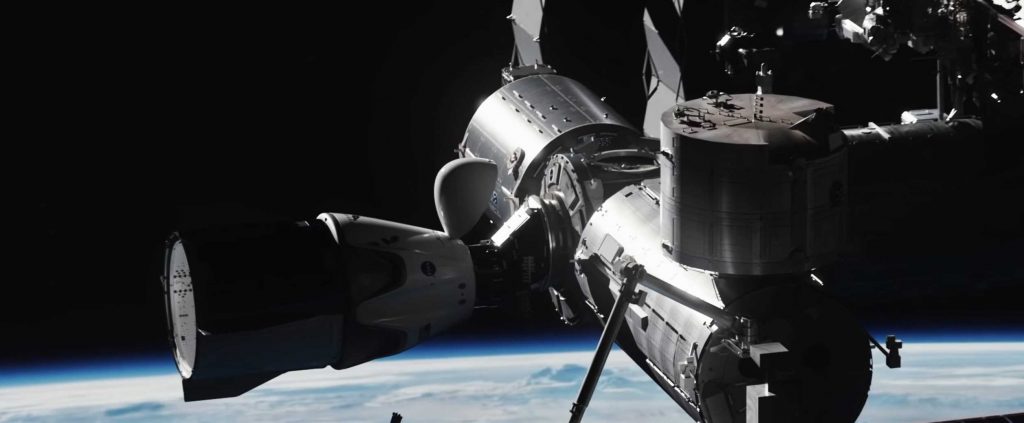
Thankfully, several aspects of this new agreement should work in SpaceX and Space Adventures’ favor. As a unique ‘free-flying’ mission, Crew Dragon and its space tourists would not actually rendezvous with the ISS – instead serving as its own miniature outpost in Low Earth Orbit (LEO) for several days. Relative to SA’s past tourist flights to the ISS, this will save a large portion of the time and cost associated with both training civilians for spaceflight and ISS operations and working with NASA and Roscosmos to arrange the complex mission.
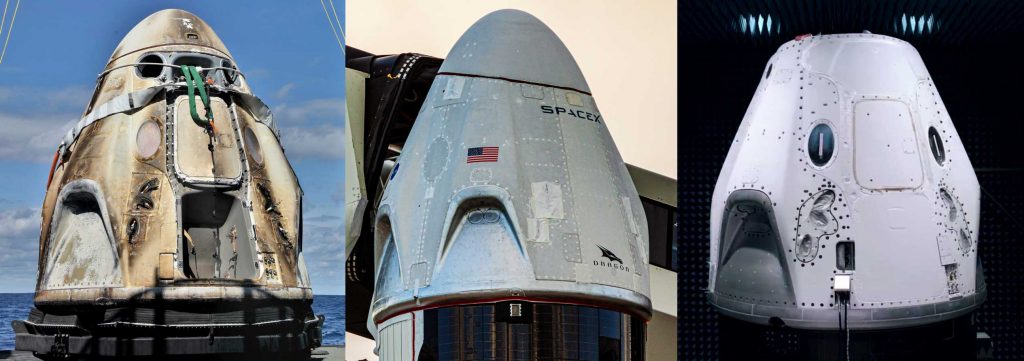
Aside from simplifying the training and bureaucracy involved in orbital tourism, the fact that Space Adventures’ newest proposal will have no affiliation or involvement with NASA or Roscosmos also means that there’s nothing preventing SpaceX from using a flight-proven Falcon 9 booster and Crew Dragon capsule on its space tourist launch. By combining flight-proven hardware with a space station-free mission profile, SpaceX could theoretically cut the overall flight’s cost by tens or even hundreds of millions of dollars.
According to public analyses performed over the last few years by auditors and researchers, SpaceX Crew Dragon launches will likely cost NASA around $400 million each, while a comparable Boeing Starliner mission will cost the space agency at least $650 million. The SpaceX figure is, however, predicated upon the production of a brand new Falcon 9 rocket and Crew Dragon spacecraft for each launch and includes costs associated with any processing or operations involving NASA teams and facilities.
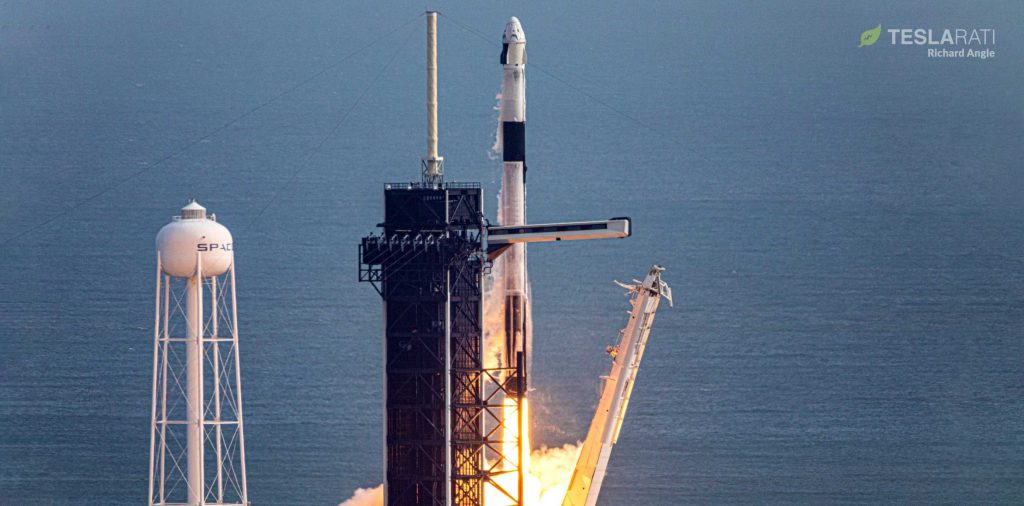
As noted above, the use of a thoroughly flight-proven Falcon 9 booster and Crew Dragon capsule could dramatically cut the cost of private astronaut launches relative to the NASA baseline. It’s conceivable that – having effectively amortized the cost of the spacecraft and booster with a NASA astronaut launch – such a private mission’s price could be little more than the cost of building a new Falcon upper stage and Crew Dragon trunk, as well as booster/capsule refurbishment and general operations. Conservatively, the ultimate price SpaceX offers or offered Space Adventures could thus be as low as $100-200 million per launch.
Space Adventures says it could support as many as four space tourists on one flight, translating to a cost of $25-50 million per person if all seats are filled. This would compare reasonably well with the $20-50 million it typically charged its seven orbital tourism customers. That is still a vast sum of money and cuts the pool of potential customers to perhaps a few tens of thousands of people worldwide. Nevertheless, Google co-founder Sergey Brin (and possibly others) is on a sort of waiting list (requiring a $5 million deposit) for future orbital Space Adventures flights, giving the company at least one strong prospective customer.
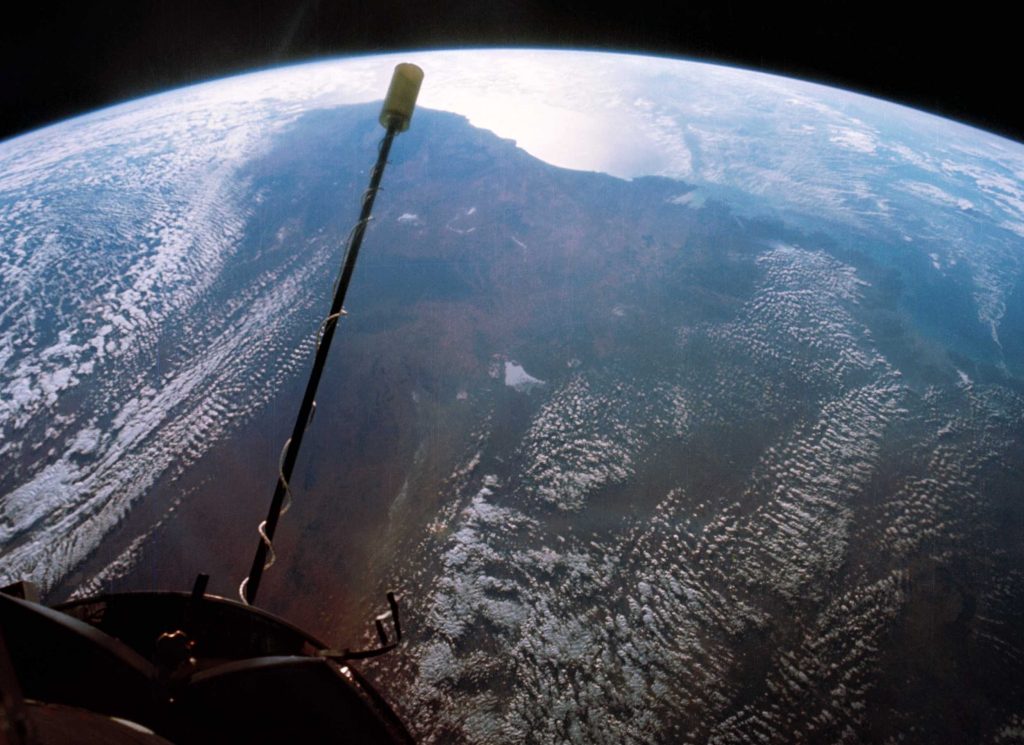
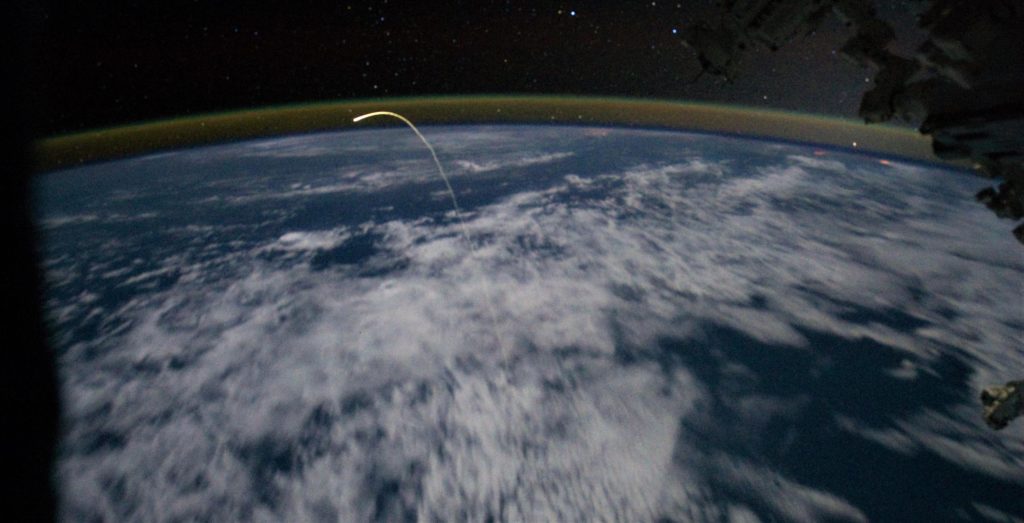
Thanks to skipping a space station rendezvous, perhaps the single biggest selling point of the mission is that Falcon 9 and Crew Dragon could potentially send space tourists higher than ever before – to an altitude only certain NASA Apollo and Gemini astronauts can claim to have surpassed. Space Adventures specifically notes this on its website, stating that prospective space tourists could reach an altitude that only Gemini 11 astronauts have surpassed while remaining in Earth orbit.
Gemini 11 astronauts reached an of apogee around 850 miles (1350 km) while still in Earth orbit – a record that stands today. Neither Space Adventures or SpaceX have specifically stated how high an unmodified Falcon 9 and Crew Dragon to launch private astronauts, but the implication is that the view would be comparable to – or even better than – what the Gemini 11 crew saw back in 1966. Regardless, it’s safe to say that if SpaceX and Space Adventures’ new space tourism effort is greeted with healthy demand, we’ll be shortly entering a new era of private spaceflight. Crew Dragon’s first private astronaut mission is tentatively scheduled to launch as early as late-2021 or early-2022.
Check out Teslarati’s newsletters for prompt updates, on-the-ground perspectives, and unique glimpses of SpaceX’s rocket launch and recovery processes.

https://news.google.com/__i/rss/rd/articles/CBMiRmh0dHBzOi8vd3d3LnRlc2xhcmF0aS5jb20vc3BhY2V4LXNwYWNlLXRvdXJpc3RzLWxhdW5jaC1yZWNvcmQtaGVpZ2h0cy_SAUpodHRwczovL3d3dy50ZXNsYXJhdGkuY29tL3NwYWNleC1zcGFjZS10b3VyaXN0cy1sYXVuY2gtcmVjb3JkLWhlaWdodHMvYW1wLw?oc=5
2020-02-19 10:09:39Z
52780618718337
Bagikan Berita Ini















0 Response to "SpaceX looks to launch space tourists to record heights - Teslarati"
Post a Comment